Home Search For First-Time Buyers More Difficult Than In Past Years
Good Monday Morning!
In the Eugene and Springfield area, the housing market has become very tight for first-time home buyers. Lack of inventory, rising home prices, and now, increased mortgage interest rates have made the home search for first-time buyers even more difficult than it has over the past several years. This trend is not something that is just specific to Eugene and Springfield. The following article from "Realtor.com" addresses this national problem.
Soaring home prices and the shortage of properties on the market are taking a toll on buyers, particularly first-time buyers.
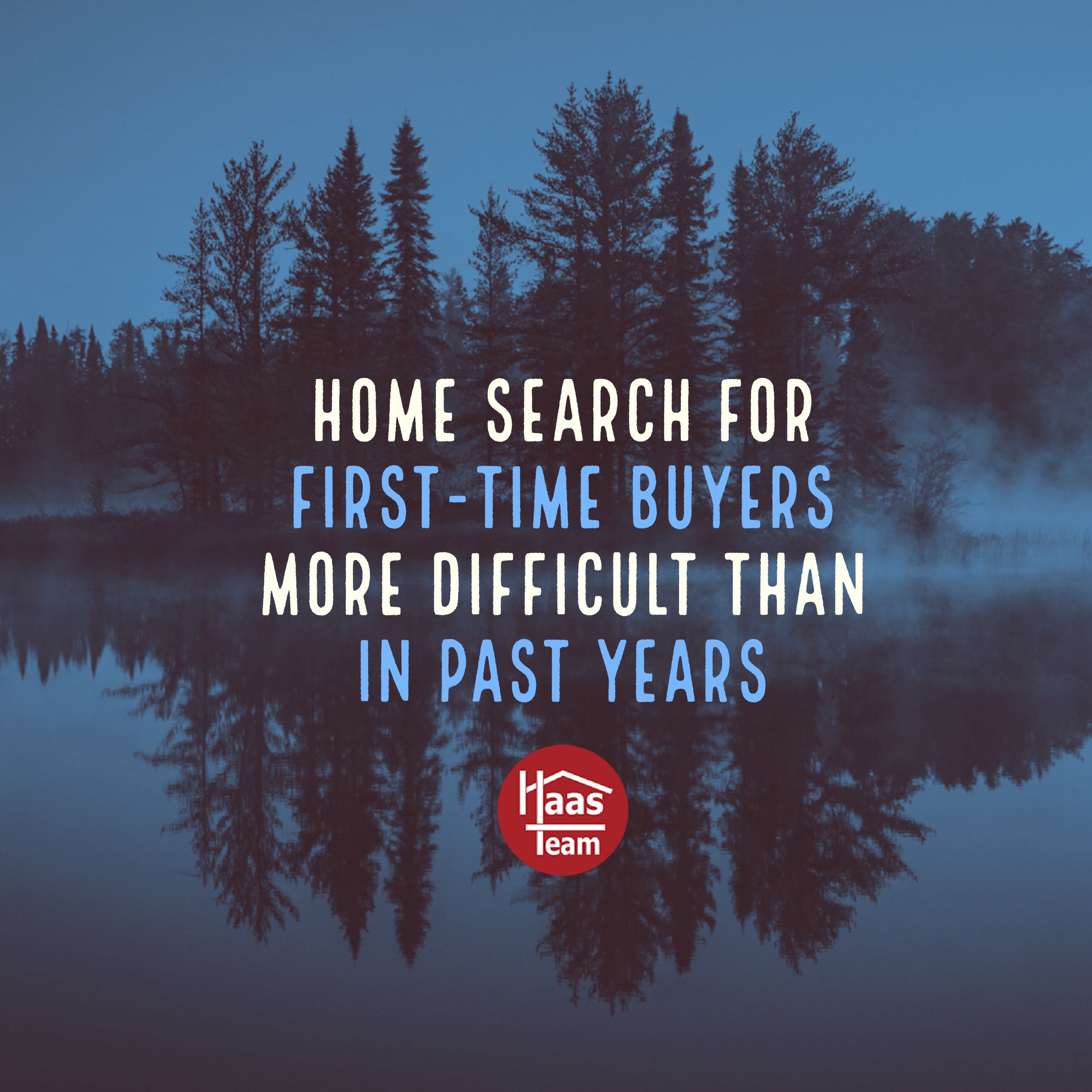 The share of first-time homeowners fell to just 29% of all existing home buyers in January, according to the most recent National Association of Realtors® report. That's down from 32% in December and 33% in January 2017.
The share of first-time homeowners fell to just 29% of all existing home buyers in January, according to the most recent National Association of Realtors® report. That's down from 32% in December and 33% in January 2017.
"First-time buyers are typically people with a tighter budget," says realtor.com® Senior Economist Joseph Kirchner, who worries this could further depress homeownership rates down the line. "They're looking for homes on the more affordable end of the market, but that is where the lack of homes is most severe."
Nationally, the dearth of inventory also drove down the number of existing homes sold, 5.38 million overall, in January. (Existing homes have previously been lived in.) Monthly sales dropped 3.2%, while annual sales decreased 4.8%.
(Realtor.com looked only at the seasonally adjusted numbers in the report. These have been smoothed out over 12 months to account for seasonal fluctuations.)
“There’s plenty of demand, but people just cannot find a home on the market that meets their needs and they can afford," Kirchner says. "It’s not a good start for the spring market. The shortage will continue.”
Across the country, there were 15.5% fewer existing homes in January selling for $250,000 or less compared with a year ago. Meanwhile, there were 25% more selling for $500,000 or more.
In January, sales of single-family homes, which are often the most sought-after properties, hit 4.76 million. That's a 3.8% fall from December and 4.8% from the same month a year earlier.
Condos and co-ops fared a bit better, as they're generally priced a little lower than single-family homes, with the number of monthly sales rising 1.6% in January to hit about 620,000. But that's down 4.6% from January 2017.
The median existing home price was $240,500 in January. That was a 2.4% drop from December but represented a 5.8% jump from January of the previous year. However, the cost was still substantially less than the median price of a newly constructed abode.
New homes cost a median $335,400 in December, according to the most recent joint report by the U.S. Census Bureau and U.S. Department of Housing and Urban Development. That's nearly 39.5% more than an existing home.
Around the country, higher prices and the lack of inventory took its toll. In January, the South had the most existing home sales, at about 2.26 million. However, that was still down 1.3% from December and was a 1.7% drop from January 2017.
The Midwest had the second most home sales, at 1.25 million, in January. That was down 6% from December and 3.8% lower than the same month last year.
There were 1.14 million existing homes sold in the West. That was a 5% drop from the previous month and a 9.5% fall from the previous year.
The Northeast had the fewest existing home sales, at just 730,000. That was also down, both by 1.4% month-over-month and 7.6% year-over-year.
Meanwhile, prices of existing homes were up in every region. They were the most expensive in the West, at a median $362,600 in January. That was a 8.8% jump over January 2017.
In the Northeast, median prices hit $269,100, up 6.8% annually. In the South, they were $208,200, up 4.3%, and in the Midwest, they were $188,000, up 8.7%.
In January, sales of single-family homes, which are often the most sought-after properties, hit 4.76 million. That's a 3.8% fall from December and 4.8% from the same month a year earlier.
Condos and co-ops fared a bit better, as they're generally priced a little lower than single-family homes, with the number of monthly sales rising 1.6% in January to hit about 620,000. But that's down 4.6% from January 2017.
The median existing home price was $240,500 in January. That was a 2.4% drop from December but represented a 5.8% jump from January of the previous year. However, the cost was still substantially less than the median price of a newly constructed abode.
New homes cost a median $335,400 in December, according to the most recent joint report by the U.S. Census Bureau and U.S. Department of Housing and Urban Development. That's nearly 39.5% more than an existing home.
"It’s very clear that too many markets right now are becoming less affordable and desperately need more new listings to calm the speedy price growth," NAR Chief Economist Lawrence Yun said in a statement.
Have an awesome week!
THIS WEEK'S HOT HOME LISTING!
![]() Vineyard Hill Dr
Vineyard Hill Dr
Price: $230,000 Type: Bare Land Acres: 5
In The Vineyards! Gated entry, paved access, gorgeous views with meadow and trees. Great solar exposure potential for vineyard ground. Additional 6 acres to be deeded upon completion of approval for adjacent property.... View this property >>


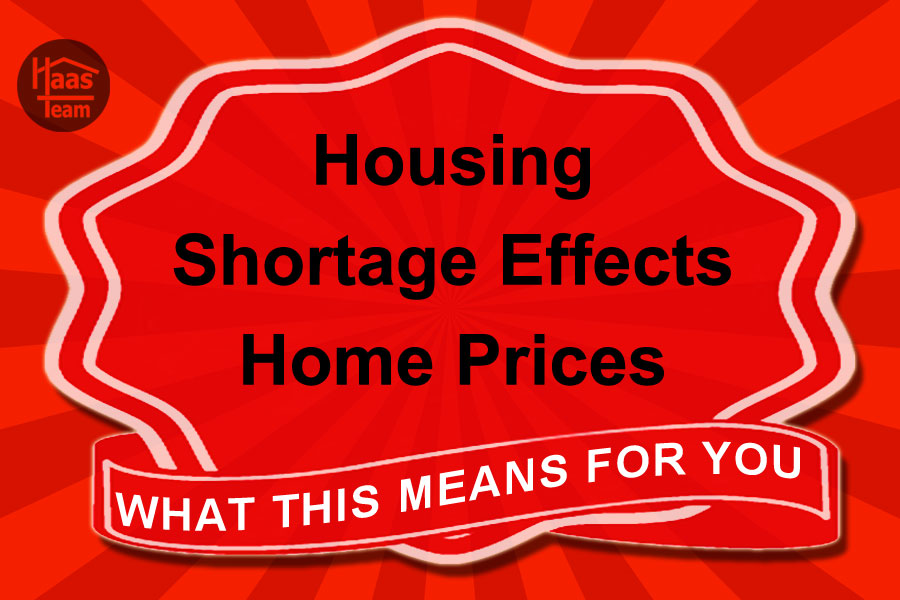 If you are interested in what is taking place with our national housing market, the following article will give you a good idea as to what is taking place. This article from "Realtor.com", talks about the shortage of homes for sale and the effect it is having on home prices.
If you are interested in what is taking place with our national housing market, the following article will give you a good idea as to what is taking place. This article from "Realtor.com", talks about the shortage of homes for sale and the effect it is having on home prices.
 Here’s the good news: Sales of newly constructed homes rose in the beginning of the year. The bad news? It wasn’t enough to ease the housing shortage that is frustrating would-be home buyers across the nation.
Here’s the good news: Sales of newly constructed homes rose in the beginning of the year. The bad news? It wasn’t enough to ease the housing shortage that is frustrating would-be home buyers across the nation.
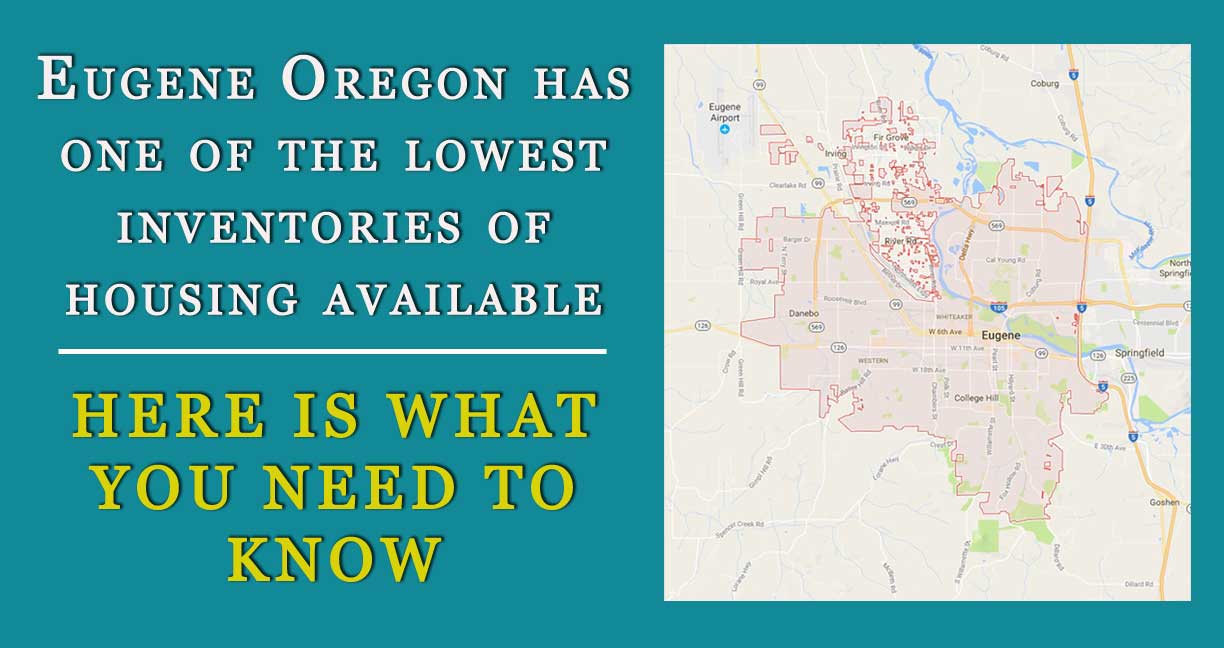 Eugene's recent housing market is currently seeing record low number of homes on the market for sale. In fact, the inventory right now is less than two months and second lowest in the nation. The price range of homes that is hardest hit by this shortage is those that are at or below the median sales price of around $265,000. This is the price range that most young families and first time home buyers are in. The housing shortage has created some severe problems in our area as the shortage continues to drive home prices higher, making them less affordable. Home price increases have outpaced the increase in income for our local area and as a result have actually pushed many first time home buyers completely out of the market or pushed them into price prices where there are low inventory and high demand.
Eugene's recent housing market is currently seeing record low number of homes on the market for sale. In fact, the inventory right now is less than two months and second lowest in the nation. The price range of homes that is hardest hit by this shortage is those that are at or below the median sales price of around $265,000. This is the price range that most young families and first time home buyers are in. The housing shortage has created some severe problems in our area as the shortage continues to drive home prices higher, making them less affordable. Home price increases have outpaced the increase in income for our local area and as a result have actually pushed many first time home buyers completely out of the market or pushed them into price prices where there are low inventory and high demand.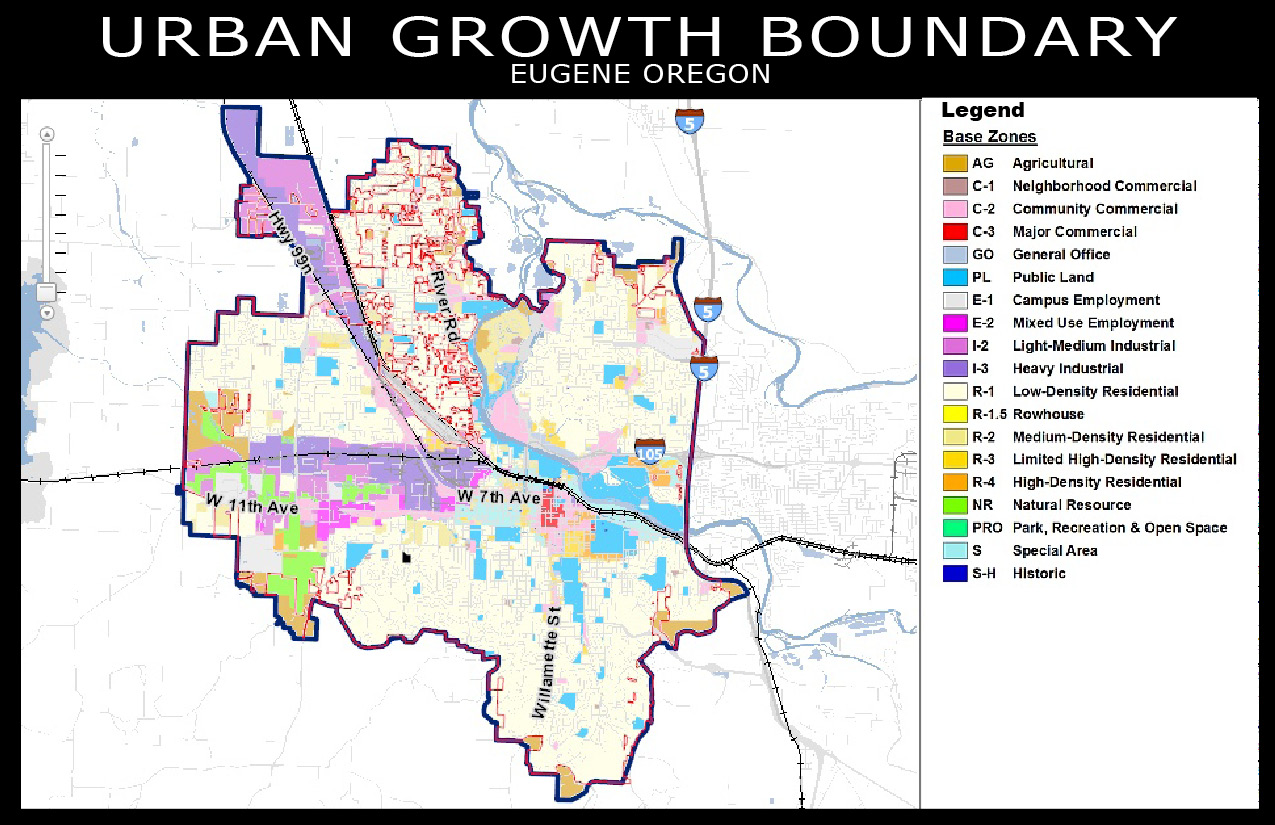
 1471 BARRINGTON AVE
1471 BARRINGTON AVE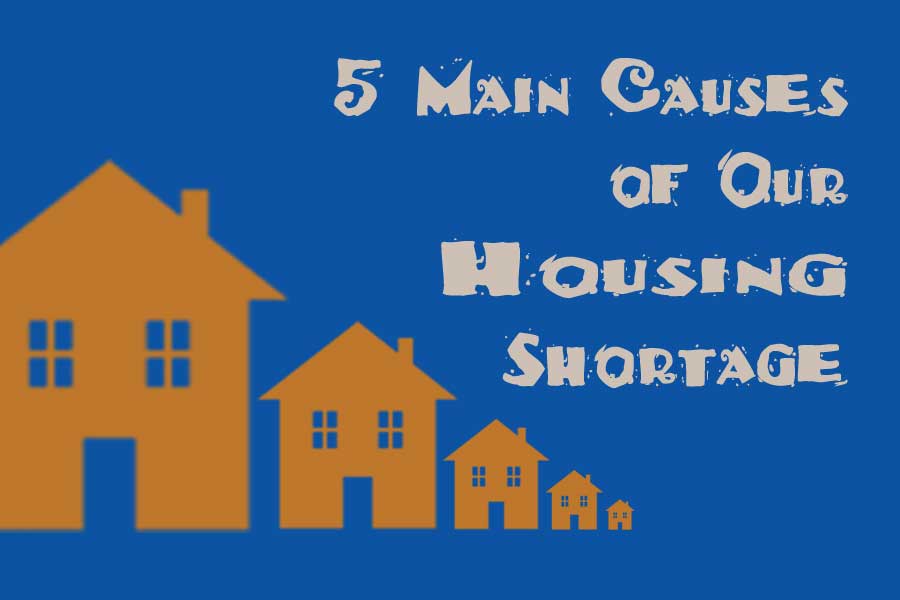 The number of for-sale listings fell again in December to the lowest level since 1999, according to the National Association of Realtors. There were just 1.65 million homes for sale at the end of December, which at the current sales pace would take only about 3 ½ months to exhaust. A normal, balanced market has about a six-month supply. This, as the busy spring market is already on the verge of starting. "To say early buyer demand is strong in early 2017 is an understatement — it is titanic. Redfin data shows that buyers are out touring in droves, ready to pounce on new listings that fit the bill," said Nela Richardson, chief economist at Redfin. "The only thing missing is homes for sale to satisfy demand because there just aren't a lot of homes available to buy right now. We are in a real estate black hole until those listings show up again."
The number of for-sale listings fell again in December to the lowest level since 1999, according to the National Association of Realtors. There were just 1.65 million homes for sale at the end of December, which at the current sales pace would take only about 3 ½ months to exhaust. A normal, balanced market has about a six-month supply. This, as the busy spring market is already on the verge of starting. "To say early buyer demand is strong in early 2017 is an understatement — it is titanic. Redfin data shows that buyers are out touring in droves, ready to pounce on new listings that fit the bill," said Nela Richardson, chief economist at Redfin. "The only thing missing is homes for sale to satisfy demand because there just aren't a lot of homes available to buy right now. We are in a real estate black hole until those listings show up again." 1471 Barrington Ave
1471 Barrington Ave



